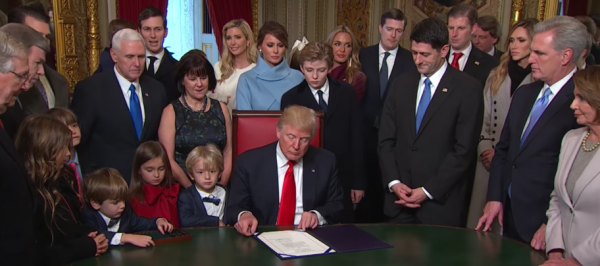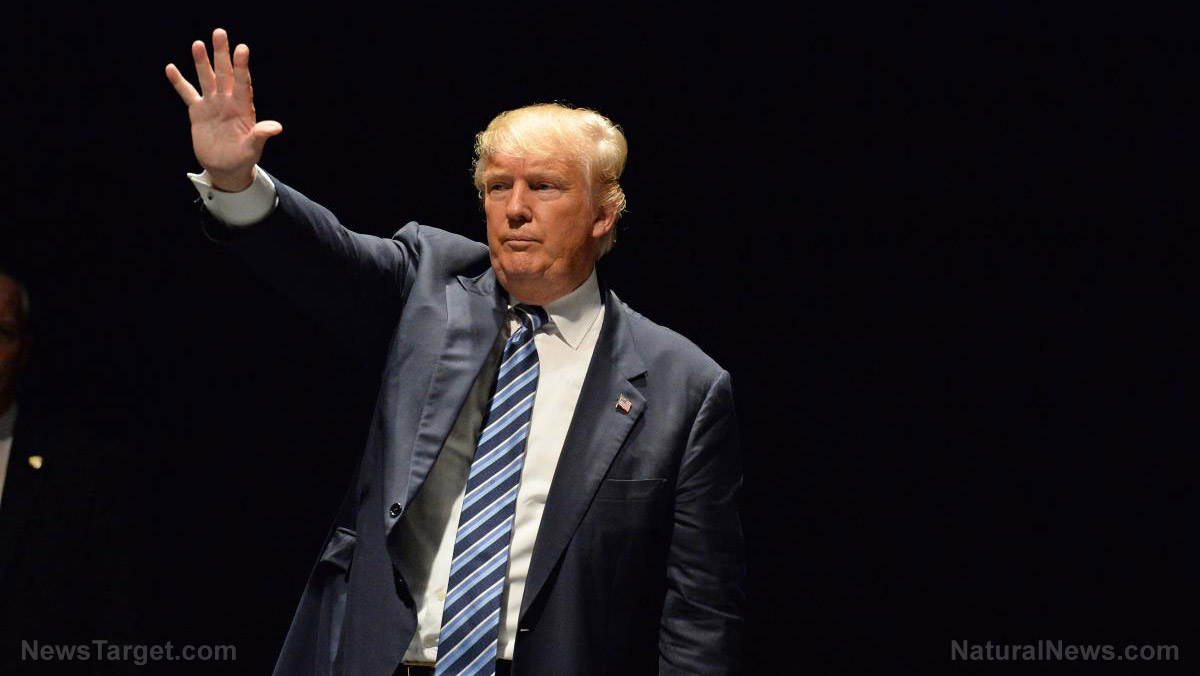Drain the swamp: Trump’s biggest problem will be opposition from Left-wing careerists in the federal bureaucracy
02/09/2017 / By JD Heyes

President Donald Trump’s biggest impediment to his campaign pledge to “drain the swamp” in Washington may not be Alt-Left Democrats, it may be average federal employees.
There are some 1.7 federal workers, not including the military – and something like 95 percent of donations that came from federal workers went to Hillary Clinton. That’s a yuuuge gap.
It’s also an indication of where political allegiances lie for most career federal employees, and it’s not with Republicans or the president. Throw in the fact that he’s pledged to dramatically cut federal regulations as well as entire federal agencies if he can, and he’s left facing a hostile bureaucracy that will do everything in his power to thwart his agenda. (RELATED: Keep track of Trump and the GOP majority at Conservative.news)
As reported by The Daily Signal, what’s even more daunting for the president is that federal employee rules favor employees, not the government, or the taxpayers who employ and pay them:
Recent scandals in the Department of Veterans Affairs and the Internal Revenue Service demonstrated that it’s almost impossible to fire federal employees, many of whom reportedly intend to go rogue by not implementing President Donald Trump’s agenda.
That’s an outrage, considering that the same federal bureaucracy bent over backward to assist in implementing President Obama’s agenda – because the bureaucracy largely agreed with him. That shouldn’t matter, though; the bureaucracy works for the Executive Branch, and the president is the head of that branch.
The Washington Post reported further on the challenges Trump will face from within:
The signs of popular dissent from President Trump’s opening volley of actions have been plain to see on the nation’s streets, at airports in the aftermath of his refugee and visa ban, and in the blizzard of outrage on social media. But there’s another level of resistance to the new president that is less visible and potentially more troublesome to the administration: a growing wave of opposition from the federal workers charged with implementing any new president’s agenda.
If anything, this “resistance” proves that Trump was right all along during his campaign: There is a swamp in D.C., and much of it consists of the vast, expansive federal bureaucracy, a collective entity some have called a fourth branch of government.
For decades as the federal bureaucracy grew, presidents wielded more and more power – over foreign and domestic policy, over the economy, and over broad swaths of the law. While charged with enforcing all the country’s laws, courts have held that presidents have discretion in which laws they want to fully enforce and which ones they don’t, for reasons of practicality, financial risk versus gain, and other arbitrary reasons.
But by and large, the bureaucracy has always served the president who is in power. Not anymore, apparently. We’ve already seen some of the signs: Trump had to fire his acting attorney general, careerist Sally Yates, after she said she would not defend his lawful travel ban. And more than 1,000 State Department employees signed a letter of disagreement with the ban, as The National Sentinel reported. (RELATED: Stay current with the ebb and flow of the Trump administration at Trump.news)
So, what can Trump really do to make the bureaucracy more responsible to him and more responsive to the American people? Two things:
— With congressional help, he can dramatically reduce the scope of power of many federal agencies, thus eliminating the need for as many employees;
— With congressional help, he can push for civil service reform that would help him “reign in this permanent class of government workers who have voiced outright hostility to the new administration,” The Daily Signal noted.
If the president is going to get the majority of his agenda through, he will of course need Congress. But he’s also going to have to pare down the power of the federal bureaucracy that he controls so he doesn’t have so many underlings actively working to subvert him.
J.D. Heyes is a senior writer for Natural News and News Target, as well as editor of The National Sentinel.
Sources:
Tagged Under: Alt-Left, federal bureaucracy, Trump administration




















